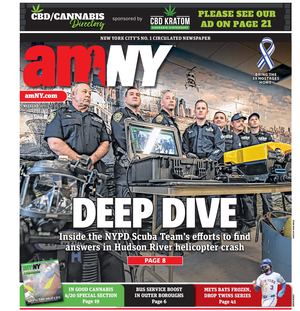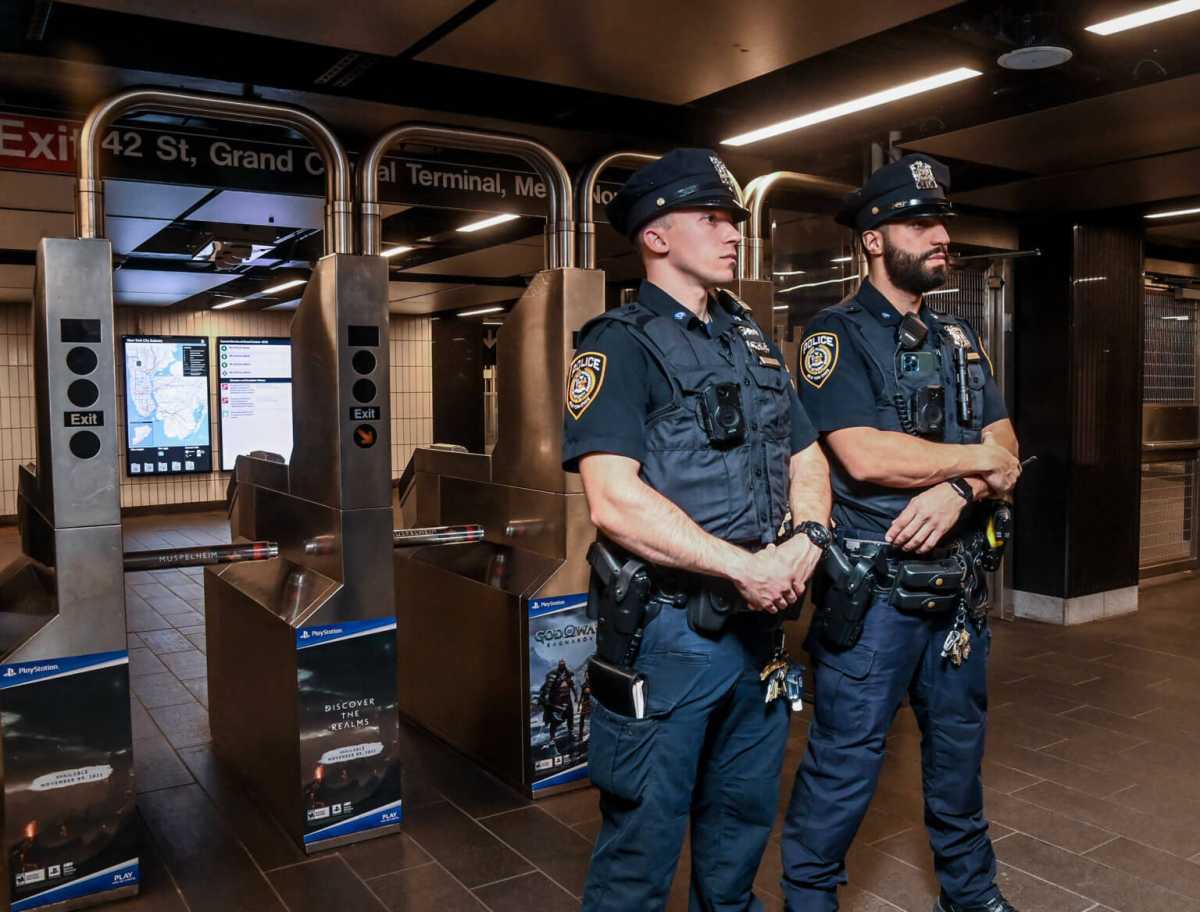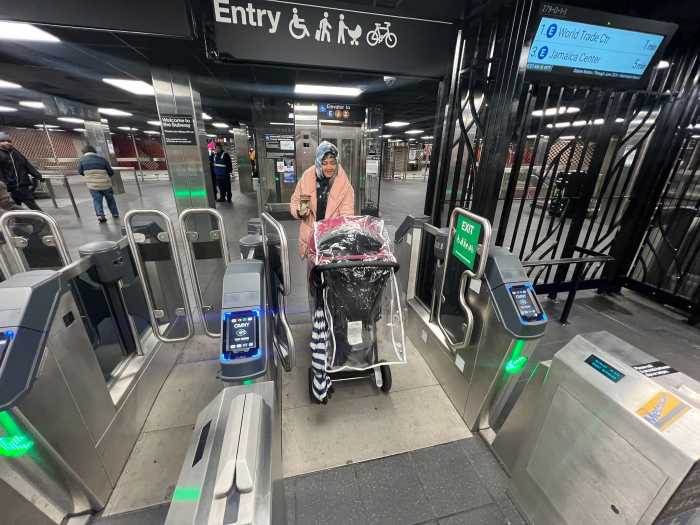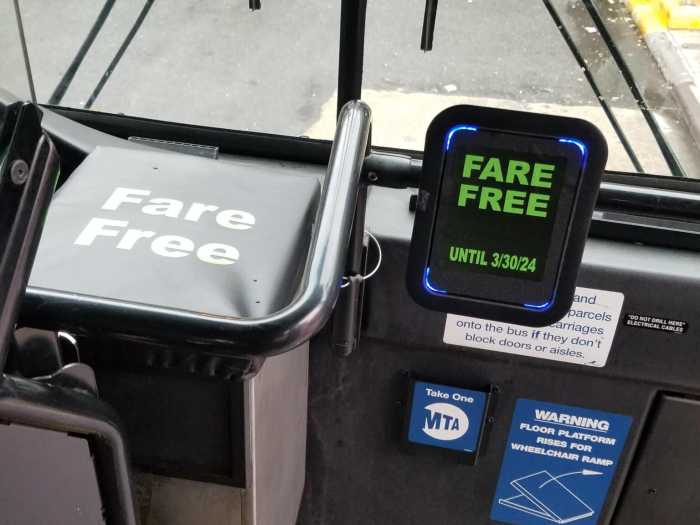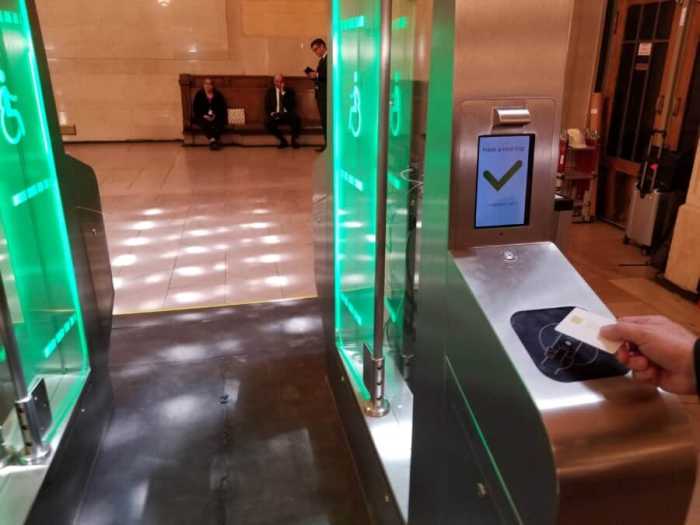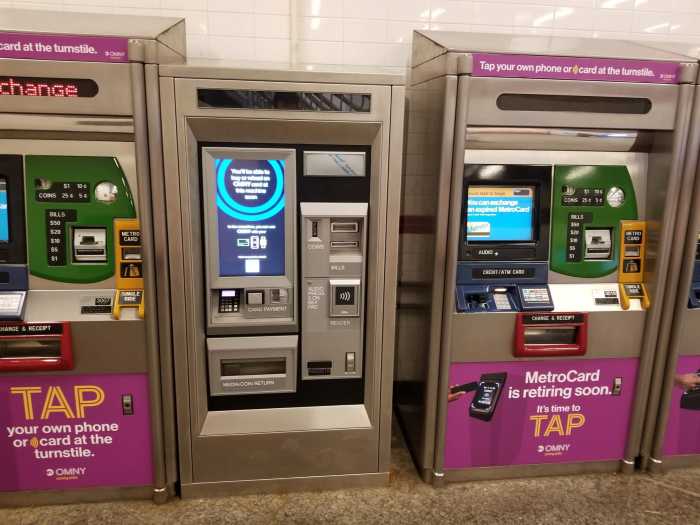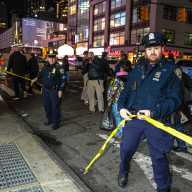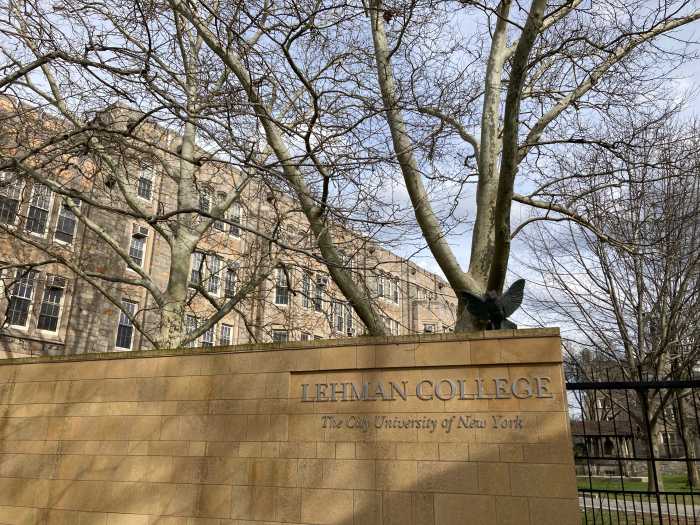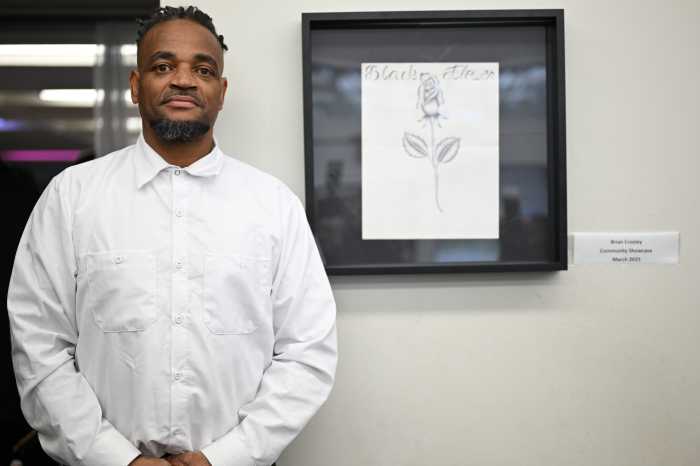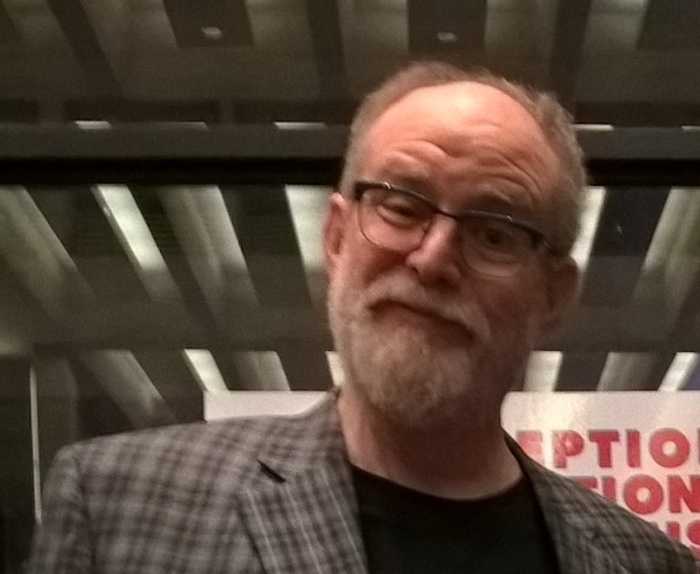Fare evasion enforcement skyrocketed in the last three months of 2022 following a surge of police presence in the subway system, but arrests and summonses continue to be doled out disproportionately to Black and Latino riders.
The NYPD’s fare evasion data shows that police made 601 arrests and handed out 13,157 summonses for fare evasion in the fourth quarter of 2022, after the state, city, and Metropolitan Transportation Authority announced a massive increase of police presence underground, aimed at establishing “omnipresence” and deterring both crime and the perception thereof, following a particularly violent period in 2022 on the rails.
Arrests in the fourth quarter of 2022 were 26% higher than in the third, and 134% higher than in the fourth quarter of 2021. Summonses were 17% above third-quarter numbers and 46% above the fourth quarter of last year.
MTA Chair and CEO Janno Lieber, who previously touted the increased enforcement, said last year that policing fare evasion can often deter or prevent larger-scale crimes and contributes to a sense of order in the system, often declaring that while not all fare evaders are criminals, “virtually every criminal is a fare evader.”
“That is part of the strategy,” Lieber said at the MTA Board in October. “Once they stop someone for fare evasion, they’re checking warrants, and it’s leading to the recovery of weapons very successfully.”
The increased enforcement stemmed, in part, from the Governor and Mayor’s October announcement that they were funding 1,200 additional police overtime hours daily in the subway system. Furthermore, the MTA hired private contractors to guard fare gates, intended to deter turnstile-jumping.
At the MTA’s NYC Transit Committee meeting on Tuesday, NYCT president Richard Davey said that riders are now feeling safer. He touted customer satisfaction surveys finding 18% of riders felt safer riding the subway than a month prior.
But continuing a longstanding historical pattern, enforcement against fare evasion continues to be heavily concentrated against Black and Latino riders. About 66% of people given fare evasion summonses in the fourth quarter were Black and Latino, according to the NYPD’s data; those groups compose 52.3% of the city’s population, according to US Census data.
Arrests were even more disproportionate: 93% of arrests were made against Black and Latino riders. That high disparity in enforcement is in line with historic trends. For instance, 94% of third-quarter arrestees were Black or Latino, as were 92% of second-quarter arrestees and 88% of those arrested in the first quarter. White people are 40% of New York City’s population but composed just 6% of fare evasion arrests in the fourth quarter.
The station with the highest number of arrests was not Times Square or Union Square, but Broadway Junction in Brooklyn. Eighty-nine percent of the population in ZIP Code 11207, where the station is located, is Black or Latino.
Reached for comment, an MTA spokesperson referred amNewYork Metro to the NYPD; a department spokesperson said that the increase in summonses and arrests could be explained by a 22% increase in “index crimes” overall in 2022, and that fare evasion enforcement levels last year were in-line with pre-pandemic levels. Enforcement is concentrated at “priority stations.”
“We focus officer deployments on priority stations and lines throughout the system,” the spokesperson said. “NYPD officers patrol day and night to keep the millions of daily riders safe and enforce the law fairly and equally without consideration of race or ethnicity.”
Enforcement against fare hopping has long been decried by advocates, with critics highlighting the nonviolent nature of the offense and the meager amount of revenue lost per fare beaten—in addition to the racial disparities in enforcement. Fines for fare evasion run up to $100, even though a subway ride costs just $2.75.
MTA Board member David Jones, also the president of the Community Service Society and a longtime critic of fare evasion policing, said at the NYCT committee on Tuesday he is “worried” about the persisting racial disparities even as transit officials step up enforcement.
“T[ransit Adjudication Bureau] summonses fall almost exclusively on Black and Brown people,” said Jones. “And while I don’t say they shouldn’t be enforced, I want equity in the system. And it hasn’t happened yet, particularly when you see these kinds of numbers.”
Asked about the data, the New York Civil Liberties Union said it was representative of “failed” policing tactics.
“The NYPD’s latest fare evasion data shows alarming racial disparities, with Black and Brown riders grossly overrepresented among persons arrested,” said Michael Sisitzky, NYCLU’s assistant director of policy. “With the Adams administration doubling down on failed, racist, broken windows policing tactics, the NYPD and MTA’s crackdown on fare evasion risks funneling thousands more Black and Brown New Yorkers into the criminal legal system. Arrests won’t solve the MTA’s problems, but they could devastate New Yorkers.”
Throughout 2022, Lieber and other MTA executives pledged the release of a “blue ribbon” report on fare evasion in the system, which he has said costs the cash-strapped authority $500 million annually and makes paying customers feel like “suckers.” In December, Lieber told amNewYork Metro the report’s release would be delayed indefinitely, amid talks with the city’s District Attorneys, several of whom had pledged to cut or eliminate farebeating prosecutions.
Nevertheless, in a presentation at the MTA Board on Tuesday, Demetrius Crichlow — NYCT’s Senior Vice President for the Subways division — included as a 2023 goal “support[ing] Blue Ribbon panel recommendations to reduce fare evasion.”
This story has been updated with comment from the NYPD and NYCLU.
Read more: NYPD Fatally Shoots Armed Man in Chelsea Eyeglass Shop
